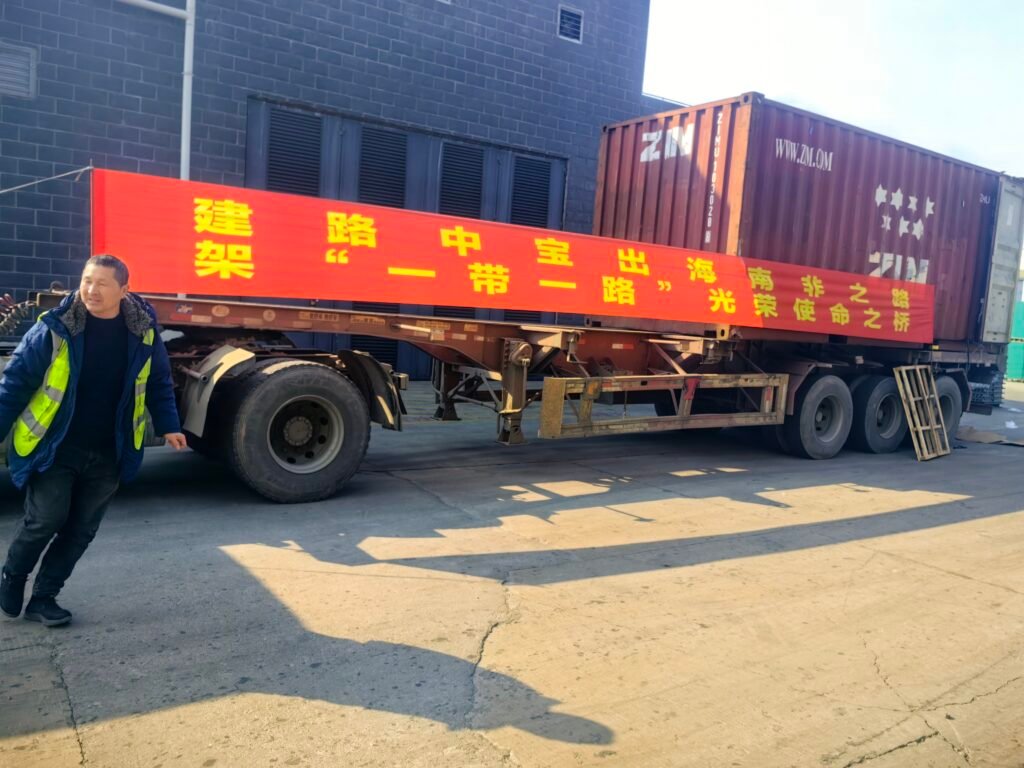With growing ecological priorities, market scrutiny on new products' sustainability compliance intensifies. Composite trench covers emerge as critical infrastructure components through innovative resource management and environmental load reduction. Manufactured from advanced materials, these covers exhibit multiple eco-friendly attributes driving cross-sector adoption. This analysis examines their ecological impact and contributions to sustainable construction.

Ecological Transformation in Manufacturing
Utilizing modern technology and renewable materials (e.g., fiberglass, polymers), composite covers reduce airborne emissions by 60-80% versus metal/concrete alternatives. Key ecological advantages include:
- Carbon Footprint Reduction: 40-60% lower energy consumption (ISO 14064) with >50% CO₂e reduction;
- Resource Circularity: 30-70% recycled content (GB/T 29734), >90% production waste recycling rate;
- Pollution Control: Near-zero VOC emissions via water-based processes (GB 37822 compliant), 80% lower industrial effluent toxicity (CTUe ≤0.5).
Life Cycle Energy Efficiency
- Resource Conservation: Closed-loop water systems cut consumption by 60%, thermal compression saves 35% energy (EN ISO 50001);
- Extended Service: 50-year maintenance-free lifespan (vs. 15-20 years for concrete), reducing production iterations;
- End-of-Life Processing: Thermoplastics physically recyclable (ISO 15270), thermosets regenerated via anaerobic pyrolysis (GOST Р 56828).
Core Value in Sustainable Infrastructure
- Engineering Durability: Chemical resistance (pH 1-14), freeze-thaw stability (-40℃~80℃, ГОСТ 15150), 70% lower maintenance costs;
- Circular Economy Contribution: >85% material recyclability (ISO 14021), decreasing construction waste by 30%;
- Certification Enablement: Facilitates LEED/BREEAM certification, boosting carbon credits by 20-35%.
Socio-Ecological Synergies
- Green Employment: Eco-material industries create regional green jobs (120 positions per 10k-ton capacity);
- Public Education: Carbon footprint labeling (e.g., EPD declarations) enhances community awareness;
- Responsible Investment: ESG rating upgrades attract sustainable funds, reducing project financing costs by 1.5-2.5%.
Conclusion
Composite trench covers embody resource efficiency-low carbon manufacturing-long service life tripartite innovation, serving as key enablers for UN SDG 9 (Industry Innovation) and SDG 12 (Responsible Consumption). With 55-70% lower lifecycle carbon footprint versus conventional products (per ISO 14040 LCA), they establish a technical paradigm for carbon-neutral infrastructure.


